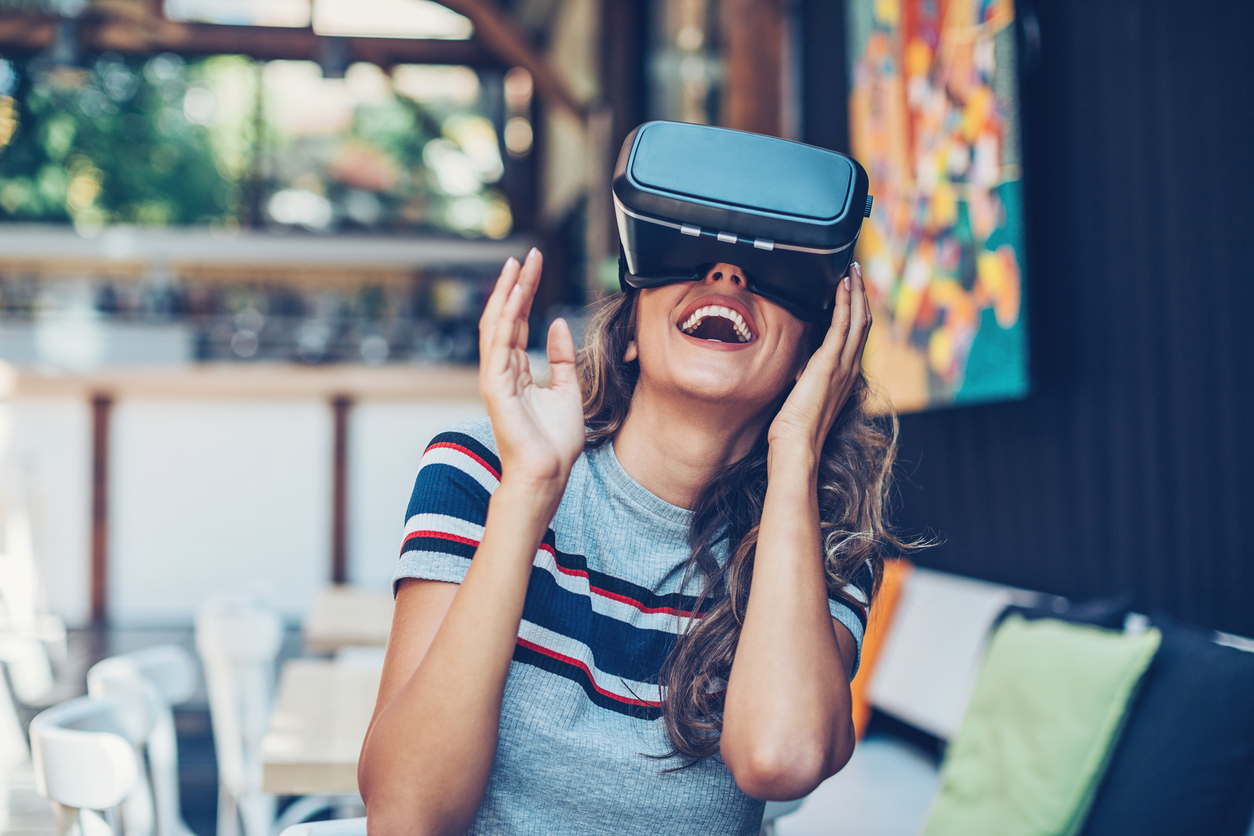Virtual reality is becoming more and more accessible by the day, with new technologies and innovation at every corner.
When it comes to virtual reality, businesses are done asking “if” questions – they’re asking themselves “when” questions. The most prominent “when” question for marketers is: When virtual reality devices become as accessible as computers, how can we advertise through them?
For those unfamiliar with virtual reality, the first assumption might be that it’s just for tech geeks and gamers. But the reality is far different – virtual reality can be used to educate and inform as well as entertain, and is set to become commonplace across a wide range of demographics.
For a marketer, there are few things more exciting than an unexplored medium to play with. Virtual reality is fresh, which means it’s much easier to “get there first” with awesome campaign ideas.
The point of difference
In order to determine the best ways to advertise through virtual reality, marketers need to ask themselves the right questions and make the right observations. They need to become familiar with the platform and genuinely curious about its inner workings.
Think about Snapchat. When it first came out, it was quite a bit different than other social media platforms. Marketers eventually started using it to great effect, but only after familiarising themselves with how it worked and how people used it.
So how does virtual reality differ from everything else available today? After using it you might come to your own conclusions, but the most obvious point of difference is the immersion factor.
Things can appear behind you, above you or below you. Spaces can be created that beg to be explored and discovered.
Smartphones, television screens and computer monitors do their part, but they don’t block out the rest of the environment. Your attention might be fixated on them, but you’re still looking in one direction while the rest of the world surrounds you. You’re well aware at all times that you’re not really inside the environment you’re observing.
But when you’re interacting with virtual reality, you really feel like you’re there. For marketers, that presents an unprecedented level of potential engagement.
The potential of virtual reality
The key thing to remember is that virtual reality has the power to show people an experience in a truly immersive way. You can offer virtual test drives of a car, allow people to walk around a property they’re thinking of buying, show off every detail of a first class cabin or give a guided tour of an arena.
The possibilities are endless, and we’re truly excited to see what the marketing greats come up with.




